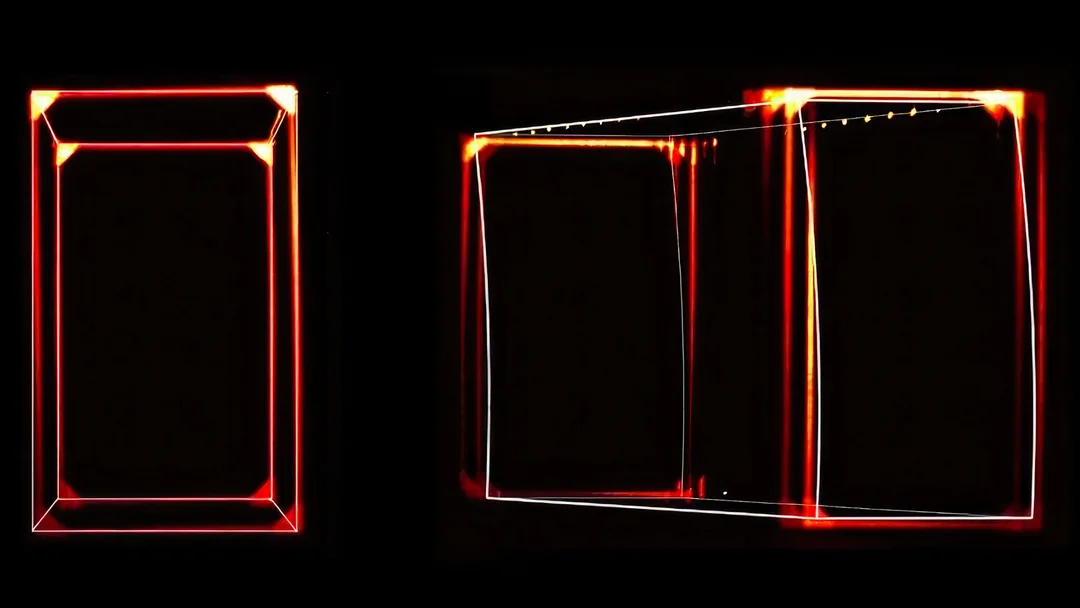
Einstein’s Relativity Visualized: Physicists Capture the “Twisted Cube” Illusion at Near-Light Speed
For over six decades, a bizarre prediction of Albert Einstein's Special Theory of Relativity remained just that: a prediction. The Terrell-Penrose effect, suggesting that objects moving near the speed of light would appear rotated rather than simply compressed, seemed impossible to observe. Now, a team of physicists from TU Wien and the University of Vienna have successfully visualized this mind-bending illusion, turning theory into tangible reality.
The core of the Terrell-Penrose effect lies in the concept of length contraction. Einstein's theory dictates that as an object approaches the speed of light, its length along the direction of motion appears to shrink to a stationary observer. However, physicists Terrell and Penrose realized in 1959 that the visual perception would be far more peculiar.
"If you wanted to take a picture of the rocket as it flew past, you would have to take into account that the light from different points took different lengths of time to reach the camera," explains Peter Schattschneider, a professor of physics at TU Wien. This difference in travel time causes the object to appear rotated, as if the back corner is somehow visible from the front.

To overcome the challenge of reaching near-light speeds, the researchers devised an ingenious experiment. They effectively slowed down the speed of light within their lab to a mere 6.56 feet (2 meters) per second. This allowed them to meticulously capture the interaction of light with moving objects using high-speed cameras.
Students Dominik Hornoff and Victoria Helm, by using ultra-short pulses from a laser created a visual trick that mimics what happens when an object is hurtling through space at relativistic speeds. The team used a cube for their observation.
"We moved a cube and a sphere around the lab and used the high-speed camera to record the laser flashes reflected from different points on these objects at different times," stated Hornoff and Helm. "If you get the timing right, you can create a situation that produces the same results as if the speed of light were no more than two meters per second."

The result? A cube appeared twisted, confirming the Terrell-Penrose prediction. A sphere, while remaining a sphere, showed a displaced "north pole." This experiment demonstrates how at extreme conditions of speed, nature can produce phenomena that defy our normal intuitions.
While this optical illusion won't affect your daily commute, visualizing it brings Einstein's theories to life. By blending artistic vision with scientific rigor, the team created a new appreciation for how the universe actually works.
what implications will this visualization experiment have on future studies of special relativity and related phenomena? Have your say in the comments below!